Rust Disease In Lawns
Rust disease in lawns. Grass blades are coated in an orange-red to yellowbrown dust or spores that resembles rust You will be able to rub the dust off with your fingers You may notice orange or yellow powderdiscoloration of your shoes after walking on the affected grass If the lawn rust has gone. Rust typically develops on lawns growing slowly. Rust on lawns is a common fungal turf disease caused by various fungi such as Puccinia or Uromyces species that makes leaves look yellowish-orange and unattractive.
Rust diseases in turf are some of the oldest diseases known to attack grasses. The reduced growth and vigor related to poor nitrogen levels in the soil is typically linked with an outbreak of rust. A relatively unusual lawn disease lawn rust is easily identifiable when the.
Rust diseases are most severe in turf that is growing slowly due to adverse weather conditions or inadequate management. In most cases you can restore your lawn to health by applying modest amounts of fertilizer watering and mowing on the right schedule and aerating. Rust appears as an orange or yellowish-orange powder spores on grass leaf blades especially in late summer to early fall when the weather is dry.
Unlike other fungal diseases like Dry Patch or Fairy Rings it doesnt grow in soil or the thatch layer. Look for these signs. Low light intensity inadequate fertilization drought stress and infrequent mowing encourage rust development.
Rust is a fungal disease caused by several fungi. The fungi that cause rust diseases cannot grow in your soil or decompose thatch. What Causes Lawn Rust Disease to Develop.
The disease often occurs in the late summer or early fall on the undernourished lawns. Rust disease in lawns appears as an orange or yellowish-orange powder spores on grass leaf blades. Nitrogen triggers leaf growth.
An application of a high-nitrogen quick-release fertilizer such as Scotts Turf Builder WinterGuard Fall Lawn Food when rust appears will make it disappear quickly. A lawn rust infection might look dire but it wont cause permanent damage and its usually easy to get rid of.
Rust appears as an orange or yellowish-orange powder spores on grass leaf blades especially in late summer to early fall when the weather is dry.
The disease often occurs in the late summer or early fall on the undernourished lawns. In this video Spring-Greens lawn care expert Harold Enger talks about rust. Rust Diseases on Home Lawns Orangish rust spores are visible on leaf blades of a grass plant. What Causes Lawn Rust Disease to Develop. Look for these signs. They are simply pathogens. Lawn rust puccinia spp also known as rust disease is a powdery substance usually orange or rusty in color that appears in spots or completely coating a grass blade that can brush off easily. A lawn rust infection might look dire but it wont cause permanent damage and its usually easy to get rid of. Unlike other fungal diseases like Dry Patch or Fairy Rings it doesnt grow in soil or the thatch layer.
Low light intensity inadequate fertilization drought stress and infrequent mowing encourage rust development. Unlike other fungal diseases like Dry Patch or Fairy Rings it doesnt grow in soil or the thatch layer. This disease can give you an. Rust diseases in turf are some of the oldest diseases known to attack grasses. They can only attack living grass and they are capable of killing the leaves but generally not the entire plant. Low light intensity inadequate fertilization drought stress and infrequent mowing encourage rust development. Rust typically develops on lawns growing slowly.

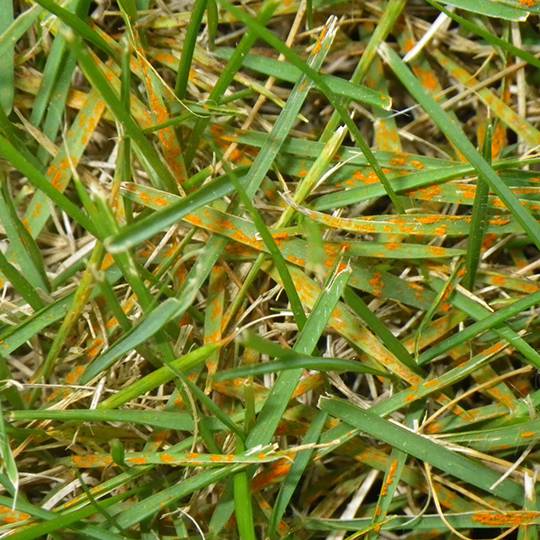
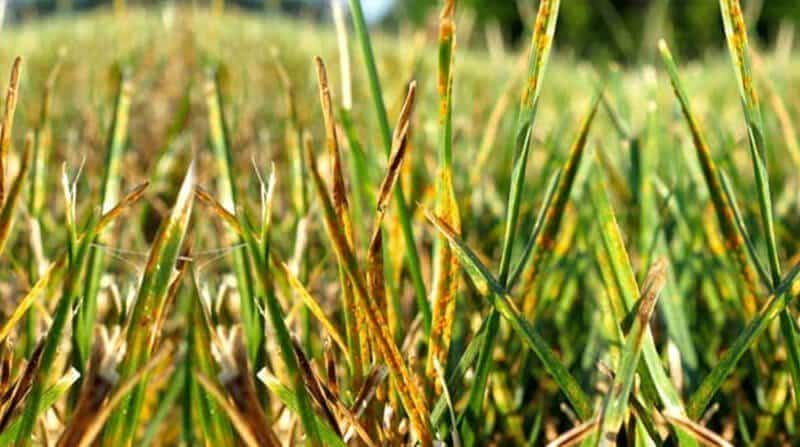





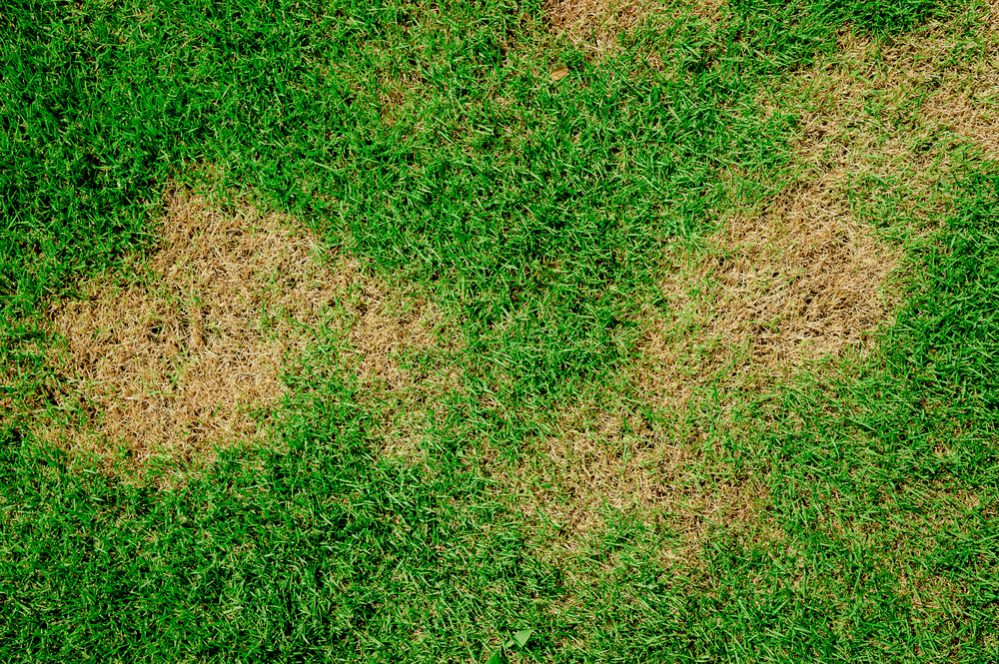

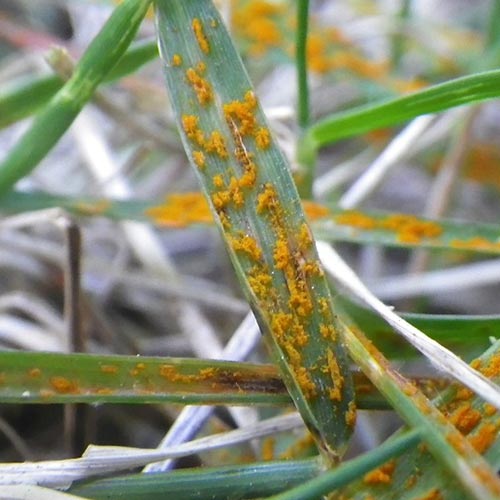






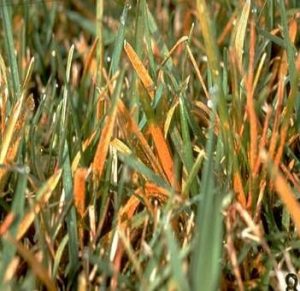



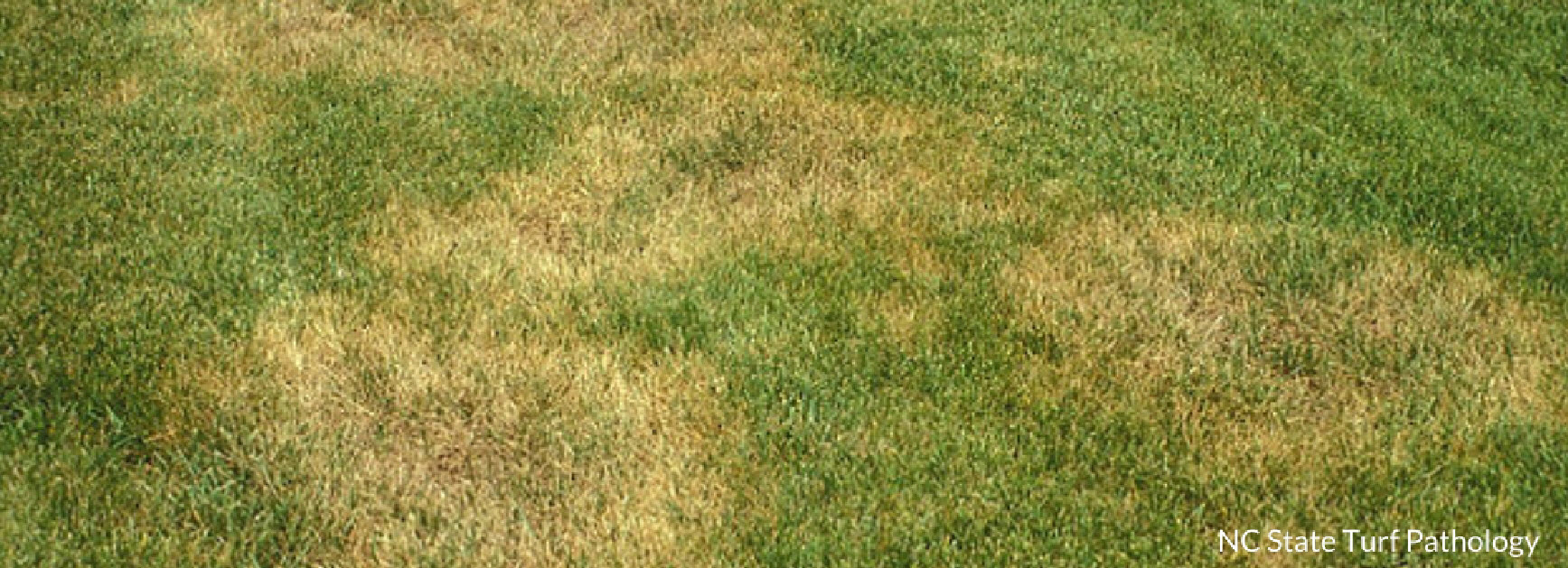

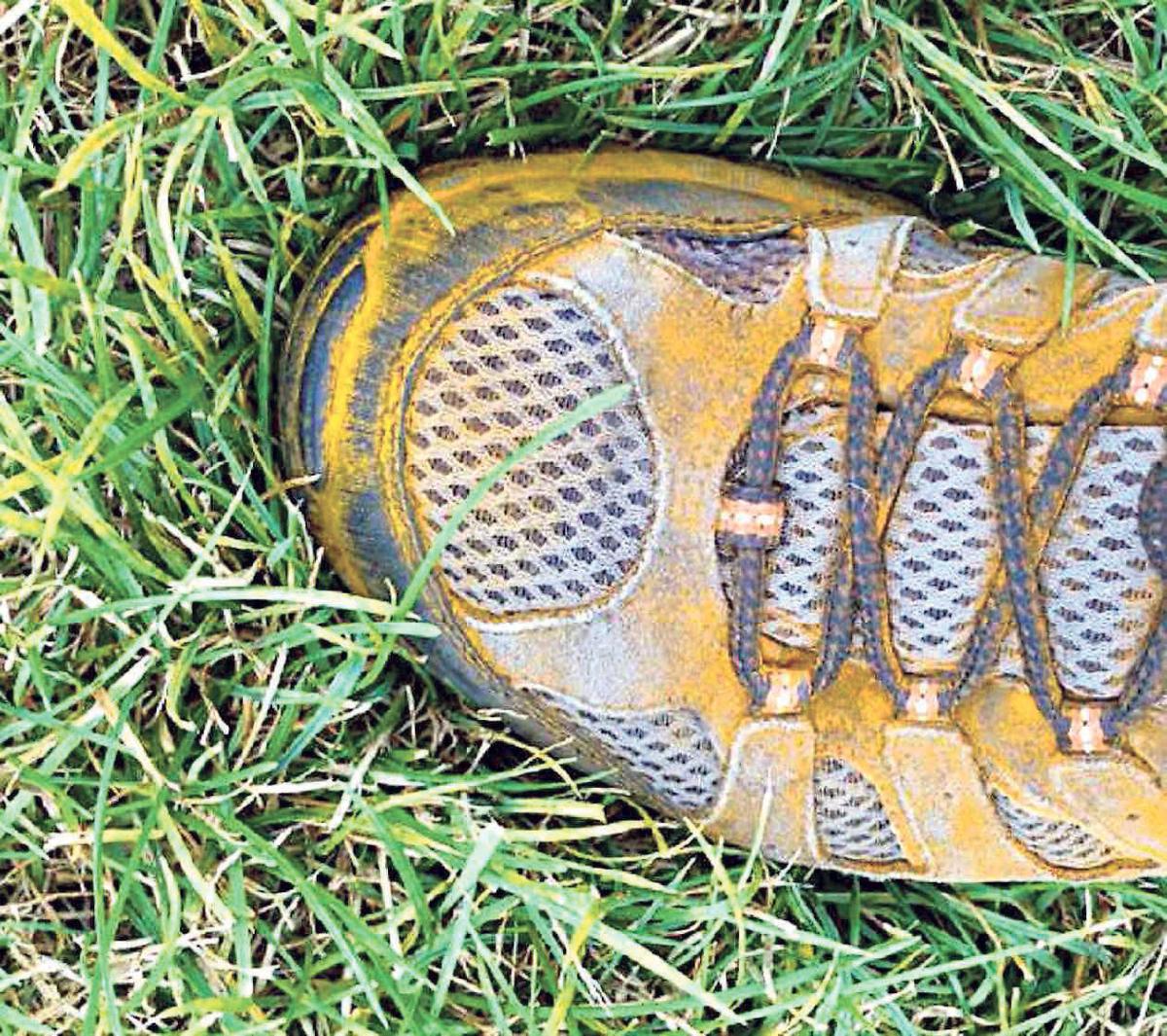
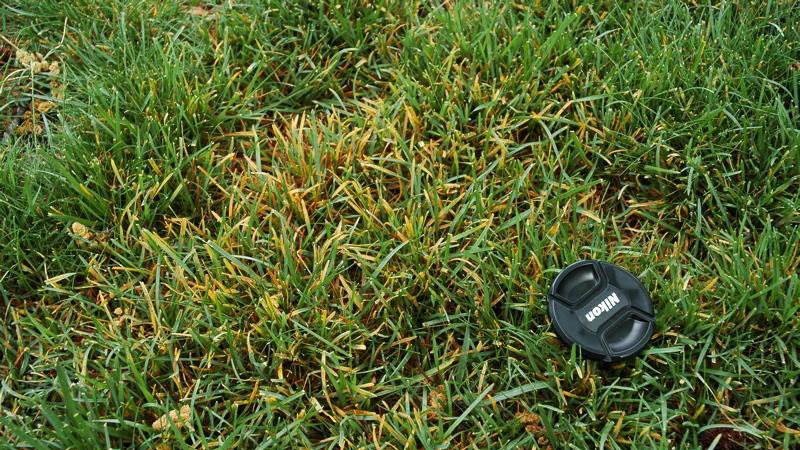


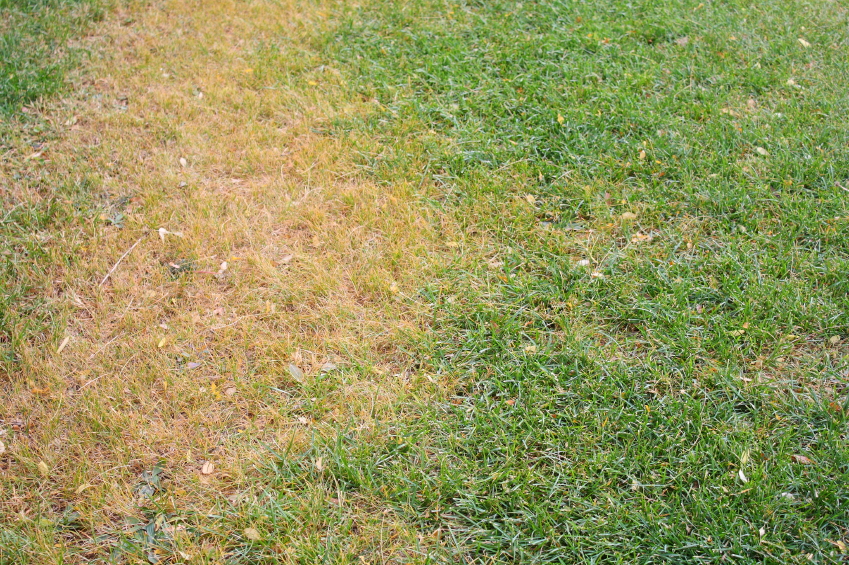

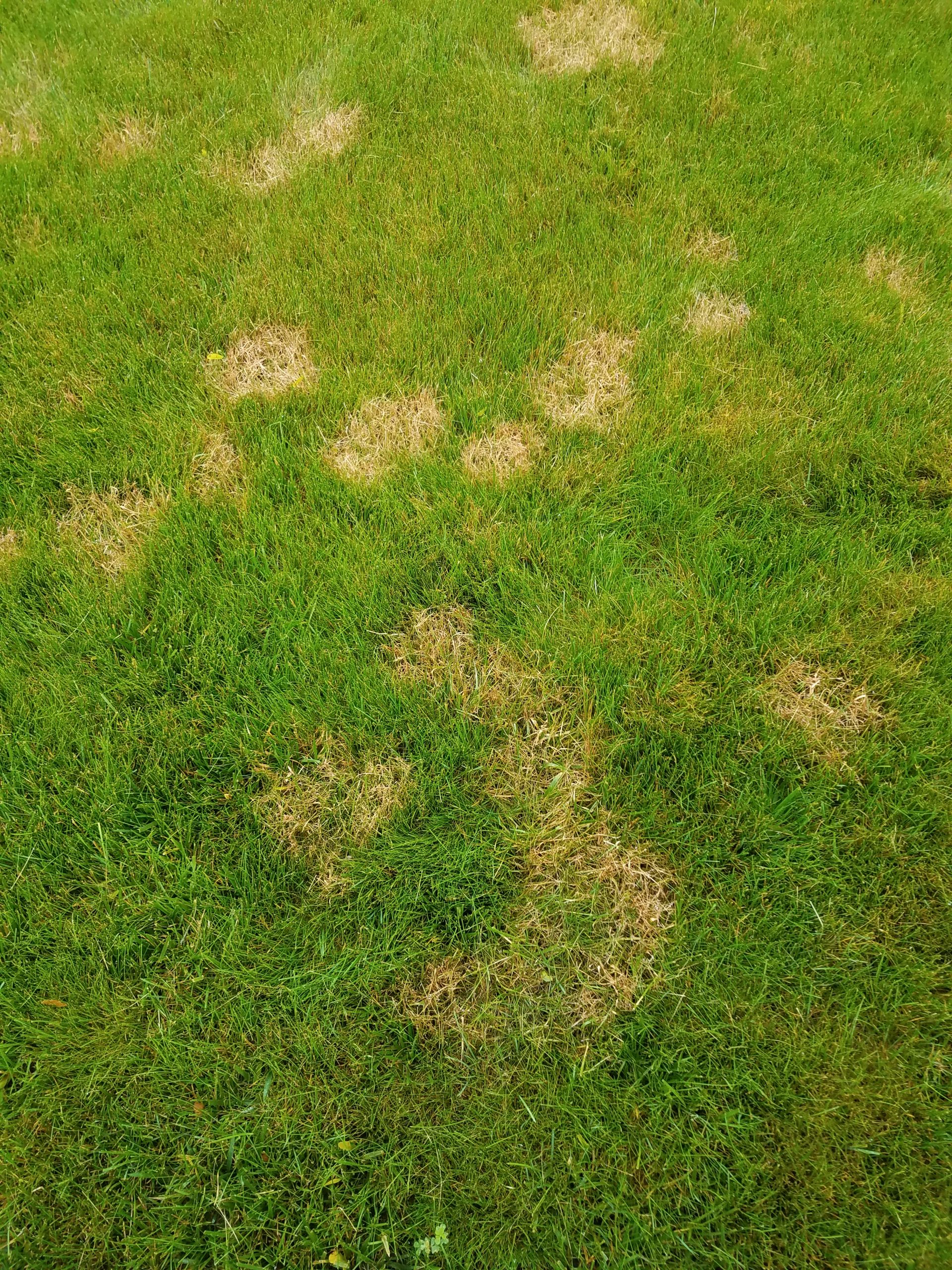
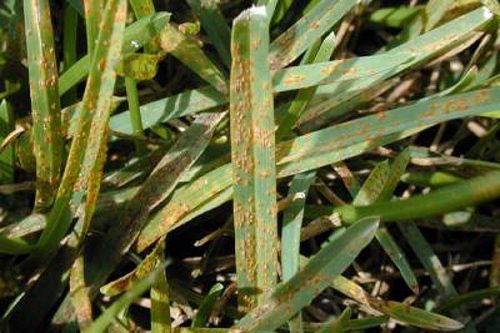



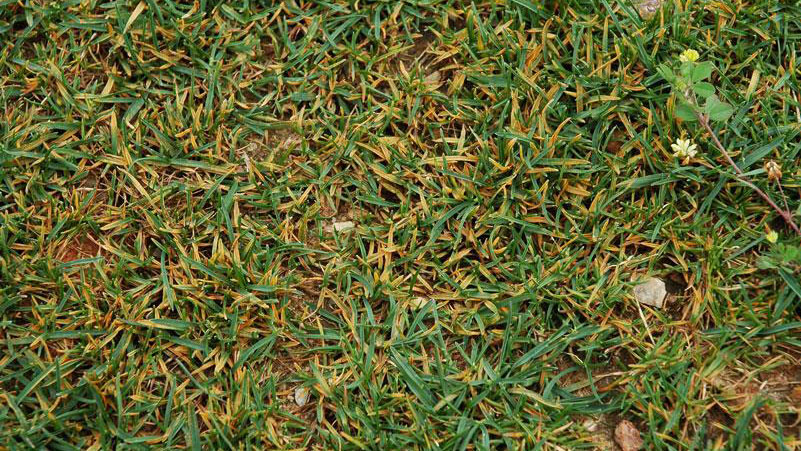
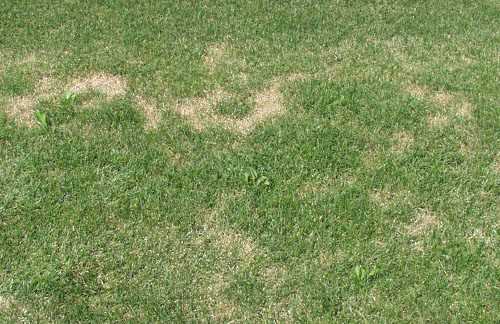


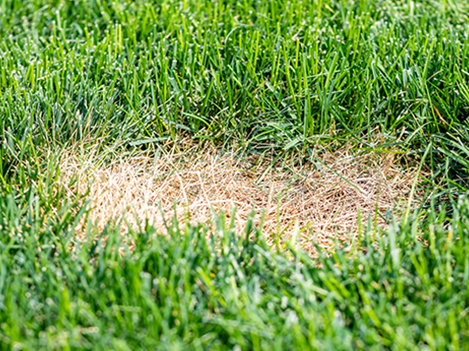


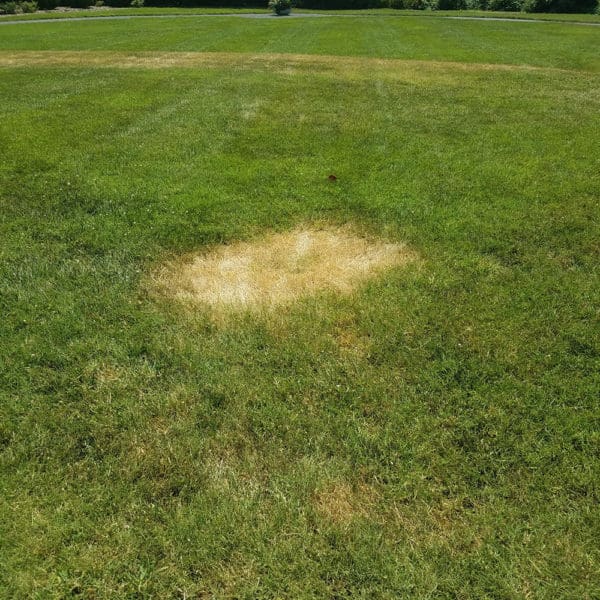


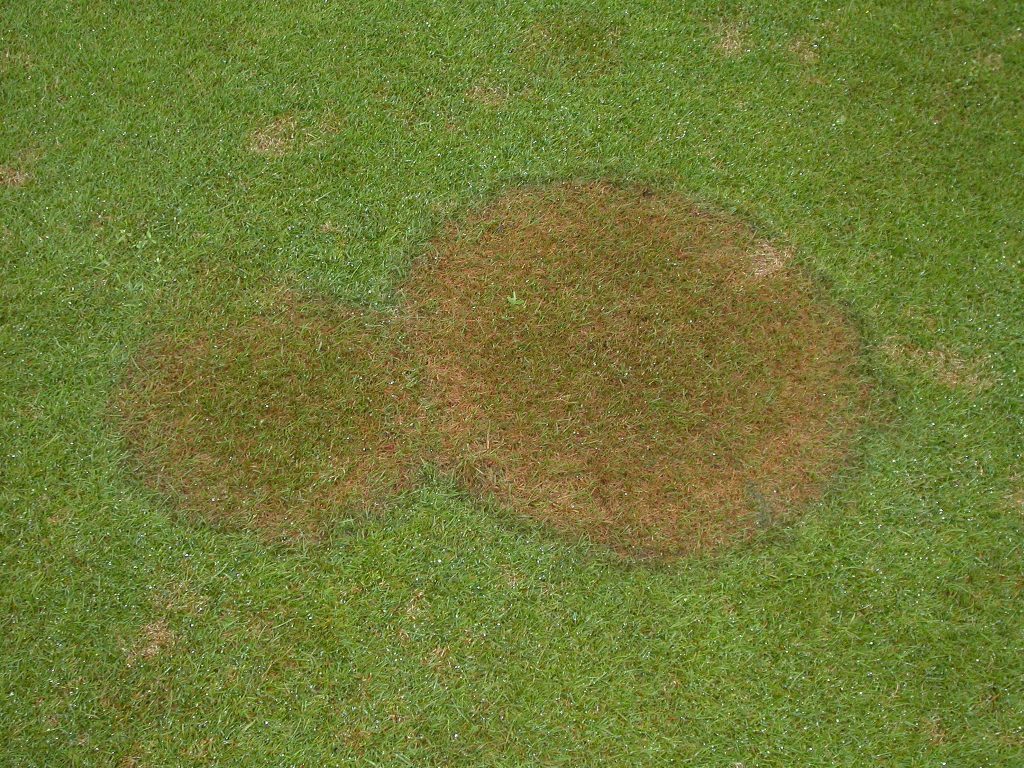


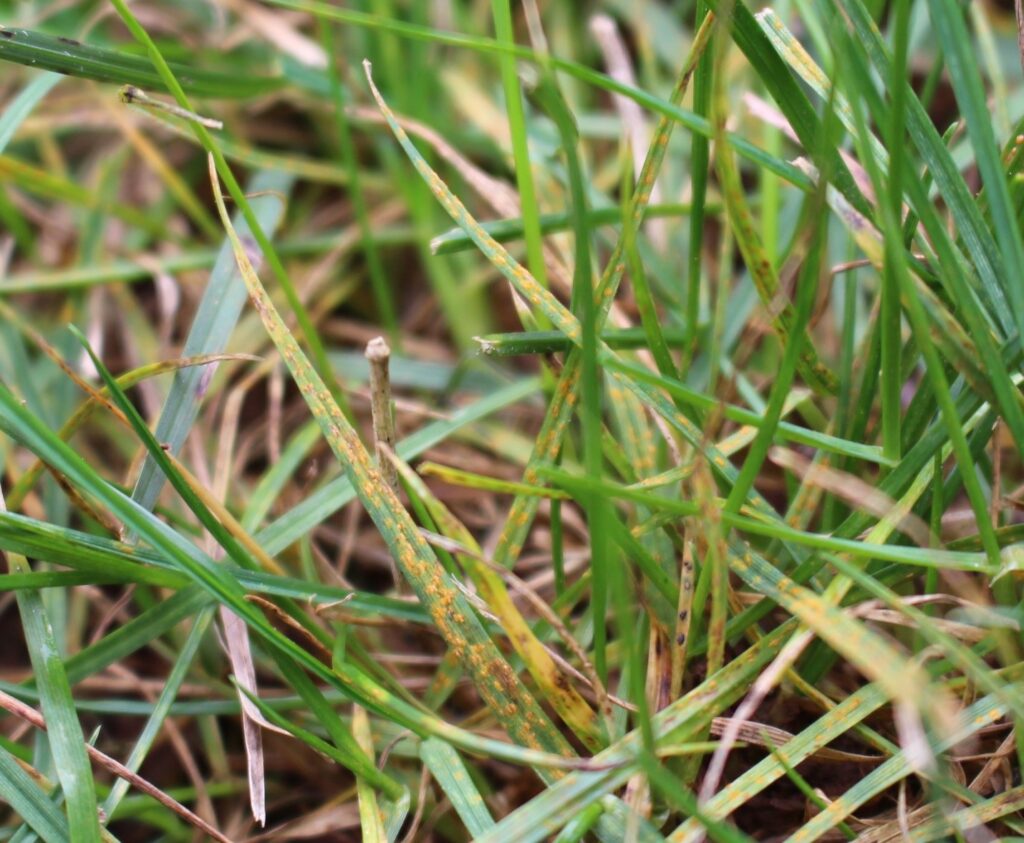
Posting Komentar untuk "Rust Disease In Lawns"